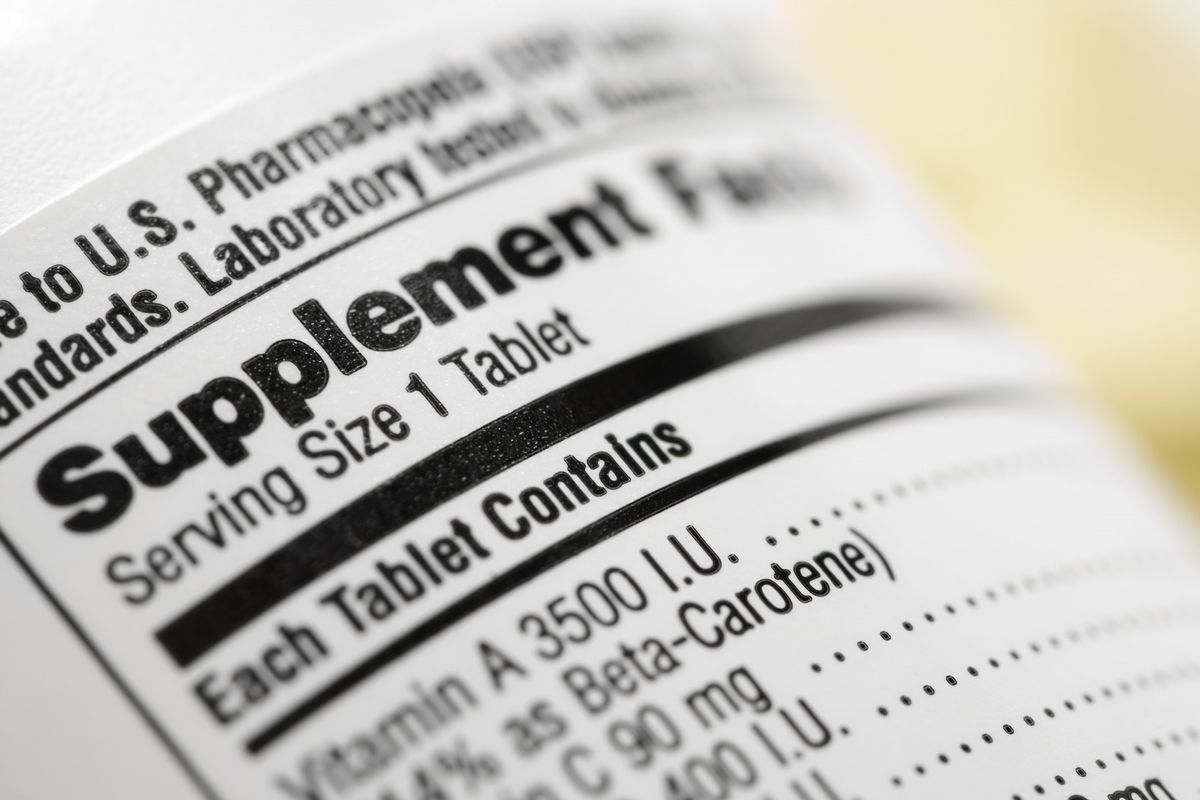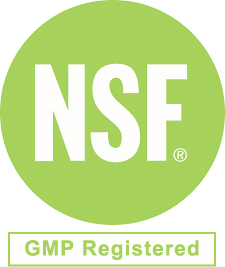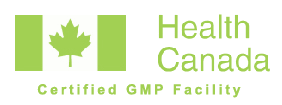
What Does the FDA/USDA Require for a Supplement Label?
This guide will go over some of the requirements the FDA and USDA make for supplement manufacturing companies to include on their product’s labels. Keep reading to learn what ingredients, dosages, and other info is needed to include on your supplement labels.
Why Are Supplement Labels So Regulated?
The FDA and USDA are closely involved with supplement manufacturing to ensure consumers stay safe and healthy. Over the years, both governing bodies introduced strict laws for supplement companies to follow so their products remain safe.
Beginning in the early 1990s, they enacted laws and amendments that required dietary supplements to include nutrition labeling. Over the years, defining dietary supplements became even more specific and the laws reflected that.
You might remember in recent years the inclusion of trans fat information on nutritional labeling. But this was just one amendment. Changes to supplement label requirements are a frequent event.
So how are dietary supplements defined? Any product other than tobacco that is intended to ‘supplement’ the human diet is considered a dietary supplement. These can be vitamins, minerals, herbs or various botanical compounds.
It can also be an amino acid, caloric bulker (to add calories to a standard diet) or a concentrated extract.
For a product to be considered a supplement, it also needs to be intended for ingestion but not for use as actual food or as the only food for an entire meal within a traditional diet.
Now that we have established what is allowed to be labeled a dietary supplement, let’s look at what information is required to be on a supplement label.
The Five Required Statements For a Supplement Label
If you’ve created a dietary supplement formulation, you’ll have to include five statements on the container. These are the name of the supplement, the total amount of the supplement, the nutrition labeling, the name and place of manufacture, and the ingredient list.
All these required statements are shown either on the front label panel or on the information panel. Unless you have legally obtained an exemption to these rules, they must be included.
Let’s look at the principal display (front label) panel more closely.
Principal Display Contents
This is where you will place the statement of identity (which is a fancy way of saying ‘product name’) as well as the net quantity of the contents. This panel will be located in a place that’s most commonly seen while on display for retail sale.
Most supplement containers are designed with at least two surfaces which can be used to display the principal panel.
Information Panel Contents
This is where you’ll place the ‘supplement facts’ information, the ingredient list, and the place of manufacture. If this information doesn’t fit on this panel, there are provisions you can follow to be able to include all this pertinent info.
The information panel is usually found to the right of the principal display panel when the product is displayed for sale to consumers. If your packaging is designed so that this panel isn’t visible, you can use the panel to the immediate right of it to include the information.
It can also be any adjacent panel if the top of the package is the actual principal display panel.
The name and address included on the information panel must be that of the supplement’s source. You can also include the address for the principal place of business if you don’t want to include manufacture addresses.
You cannot add intervening material (which is label info that is not required like a UPC barcode) between the required information which must be displayed on the information label.
The font and size of the information label text must be prominent and conspicuous, as well as easy to read. It’s required that letter sizes be at least 1/16 of an inch and not more than three times as high as they are wide. The color of the lettering must contrast enough to stand out from any other background colors.
You will also need to specify the country of origin for your product or the country of origin of the ingredients if not made in the US. It’s good to know the country of origin statements, such as “Made in the USA” are not regulated by the FDA. The US Customs Service will regulate those markings.
Taking some extra effort and resources to have your ingredients quality tested can also help your product perform well in the market.
UPC Bar Codes: How to Obtain Them?
You will need to get your products’ UPC barcode from a separate council. The Uniform Code Council can be found at this site. The process is pretty simple.
Your supplement’s expiration date does not need to be included on the supplement label, but this information might need to be included if it is found to be valid data. That means it can’t be deemed false or misleading to the consumer.
Supplement Labels: Not So Confusing
Now that you know a bit more about what’s required to add to your supplement labels for manufacture, you might have more questions about the full manufacture process. Those questions might include what company to hire to actually produce your supplement.
Visit our website and blog and check out our services to see if we can help you.
- Posted By: Biovation Labs
- Comments: 0
- Categories: Supplements Blog
Leave a Comment Cancel reply
You must be logged in to post a comment.





